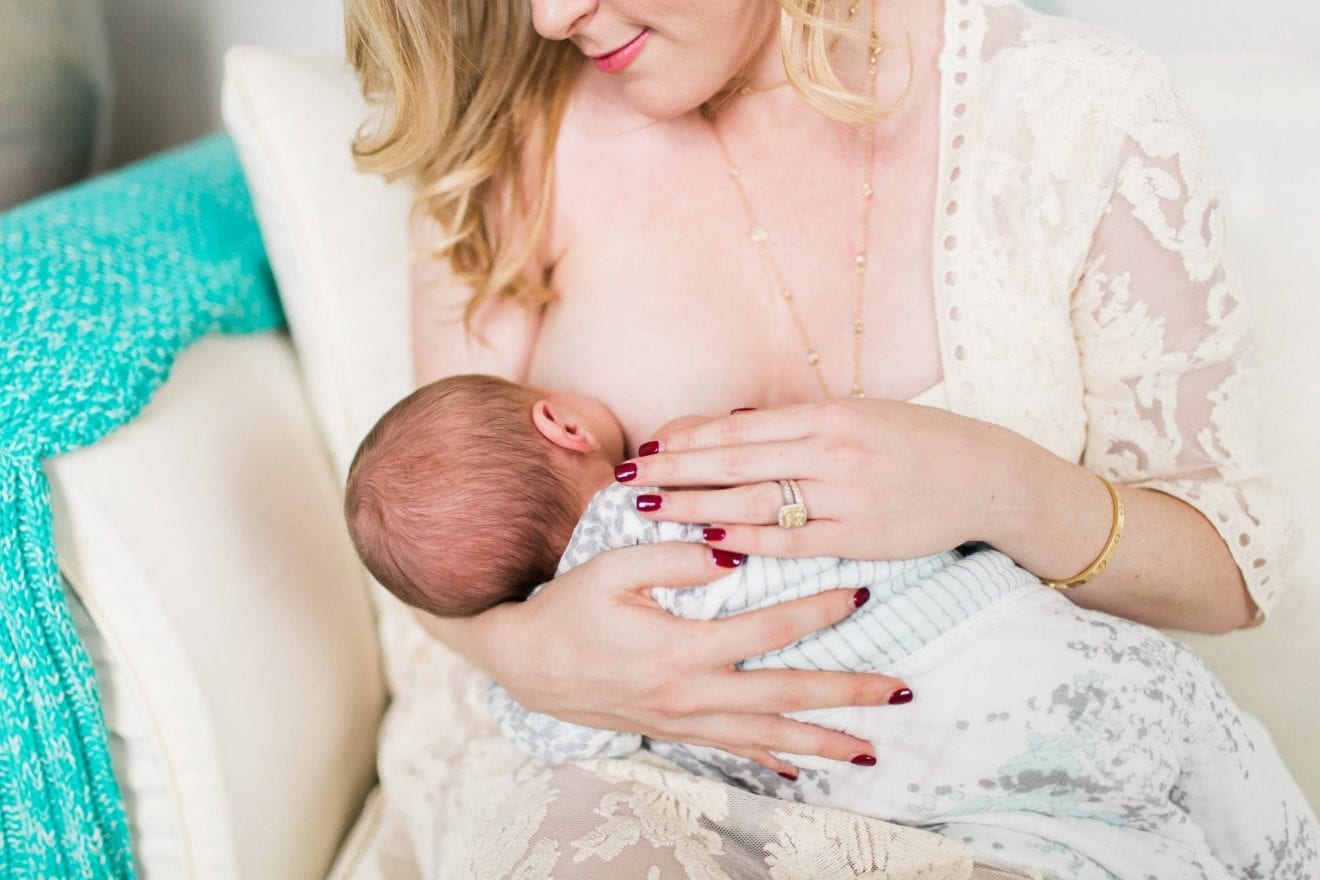When I was pregnant with my first, I spent A LOT of time reading. This was 15 years ago, back in the days before Facebook, before the glossy breastfeeding photos on Instagram…and Twitter didn’t even exist. #yupimveryold So yes, I read books and magazines and grilled my mother with questions. However, I didn’t spend much time learning how to prepare for breastfeeding.
I was so obsessed with figuring out how to grow my baby without accidentally poisoning him with listeria, excess sugar, or environmental pollution that breastfeeding was the last thing on my mind. But there are a few important things to consider regarding breastfeeding before your baby’s birth. Here are just a few of them.
5 Crucial Steps to Take to Prepare for Breastfeeding
1. Read and Seek Information From Lactation Professionals, Not Just Any ‘Ol Medical Professional
Unfortunately, everyone has an opinion on if, when, and how to breastfeed, even if they have little understanding! You’d be amazed (and shocked) at the ridiculous breastfeeding advice women are told. Maybe you’ve been told some of this yourself. The best people to seek help from are those who specialize in breastfeeding. These include International Board Certified Lactation Consultants or volunteer breastfeeding counselors who offer mother-to-mother support from women who have breastfed their children.
2. Get to Know Your Breasts!
Pregnancy is a great time to go over any concerns about your breasts. We want to make sure you have breast growth and changes during pregnancy. You do not have to grow three cup sizes, but some growth during pregnancy is a good sign that your body is doing exactly what it needs to do in preparation for lactation. Also, have a look at your nipples. Do you have inverted nipples or “flat” nipples and are concerned your baby might have difficulty latching on? This is a great conversation to have with an IBCLC before your baby arrives. You can talk about your options if your baby struggles to latch on.
3. Understand What Is Normal With Pain
There is a lot of confusion over painful breastfeeding and whether or not it is normal. In the early days, you might feel some pain. However, the pain should be a bit “ouchy,” not toe-curling, and should subside 10-20 seconds after your baby latches. You might feel this for the first week or two. If the pain lasts the whole feed and is more than just a mild “ouchy” pain, it is crucial to seek help. You can speak with a volunteer breastfeeding counselor or International Board Certified Lactation Consultant to understand why you feel pain (or have damage).
It is NOT NORMAL to have ongoing pain and or damage. The earlier you can get help, the better. In most cases, it will just be a case of getting the latch worked out (remember, breastfeeding is a learning process for both baby and mother)!
4. Just Like Birth, Prepare for EVERYTHING
If you want to breastfeed exclusively, make sure to feed on demand (when baby asks for it) and hang out with your baby skin-to-skin in the early months, as this will help encourage your baby to breastfeed frequently. Also, ensure you know the signs that your baby is getting enough before giving birth. This way, you will not be stressed! It comes down to a few simple things.
- Baby does not lose more than 7-10% of their birth weight.
- Baby is generally content after most feeds.
- After your milk comes in, baby has 2-3 poops and at least five very wet diapers in 24 hours.
5. Make Sure You Understand What Is Expected of Breastfed Babies
If you know what normal behavior is, you will have realistic expectations! Here are some of the most important to mention:
- Baby will not want to be put down.
- Baby will want to sleep with a cuddle and your nipple in their mouth!
- She will be happiest when sleeping near or with you.
- Baby will not breastfeed on a schedule.
- Baby will probably not sleep through the night for a long time.
- You will sometimes love and sometimes hate breastfeeding.
Human babies are born very immaturely compared to many other mammals and have a very long infancy stage. Our babies don’t even walk unassisted until they are about one year old! They rely heavily on us for everything and the frequent cuddles and breastfeeding they ask for help them grow and develop. Just hang out with your baby as much as possible in the early months. It sounds simple, but it is the most important thing you can do to help establish breastfeeding.
























